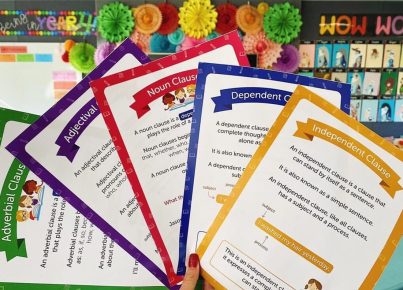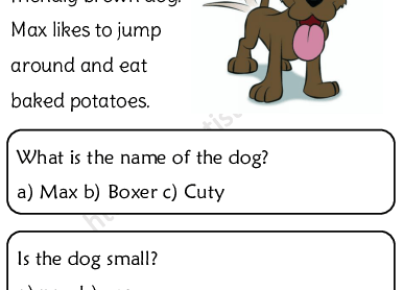Introduction
Informational text lessons are vital components of any curriculum. As teachers strive to prepare their students for real-world situations, exposing them to different types of reading material is essential. Informational texts provide valuable information and allow students to exercise critical thinking, analytical skills, and comprehension. Here are five essential informational text lessons that can enhance both teaching and learning experiences.
1. Identifying Text Structures
An essential aspect of understanding informational texts is learning how to identify text structures. Teachers can use various activities to help students understand the organization of texts such as cause and effect, sequencing, compare and contrast, problem and solution, and description. Activities can involve comparing different texts with varying structures or even having students create their examples using specific structures.
2. Analyzing Visual Elements
Informational texts often incorporate visual elements like graphs, charts, maps, or photographs to enhance the information presented. Students should learn how to analyze these visual components for a deeper understanding of the content. Teachers can facilitate this by creating activities that require students to interpret and evaluate the visuals within a text. This practice will not only improve their comprehension but also develop their ability to critique and appreciate visual communication.
3. Summarizing Main Ideas and Supporting Details
A crucial skill in navigating informational texts is the ability to summarize main ideas concisely while identifying supporting details effectively. Teachers can provide guidance in helping students practice summarizing through various exercises such as group discussions, written summaries, or even role-playing scenarios where they have to explain information in a concise manner without losing essential facts or details.
4. Evaluating Sources and Credibility
In the age of information overload, teaching students how to evaluate sources for credibility is crucial. Students need to learn how to distinguish between reliable sources and potentially biased or unreliable ones. Incorporate lesson plans that teach them the importance of cross-checking facts, considering author qualifications, assessing the date of publication, and evaluating the overall credibility of a source. Teachers can challenge students by presenting multiple texts with varying levels of reliability and have them justify their evaluations.
5. Integrating Information from Multiple Sources
With a public increasingly reliant on the internet and multiple sources of information, developing students’ skills in synthesizing information from different texts is vital. Teachers can design activities that require students to gather, compare, and integrate data from multiple sources to answer complex questions or solve real-world challenges. This process will not only improve their understanding of informational texts but also foster collaborative learning, critical thinking, and problem-solving abilities.
Conclusion
These five informational text lessons offer a solid foundation for teachers looking to elevate their students’ knowledge and skills in reading different types of content. By incorporating these lessons into their curricula, educators can empower students to become more thoughtful, analytical, and informed consumers of information in an ever-evolving world.




